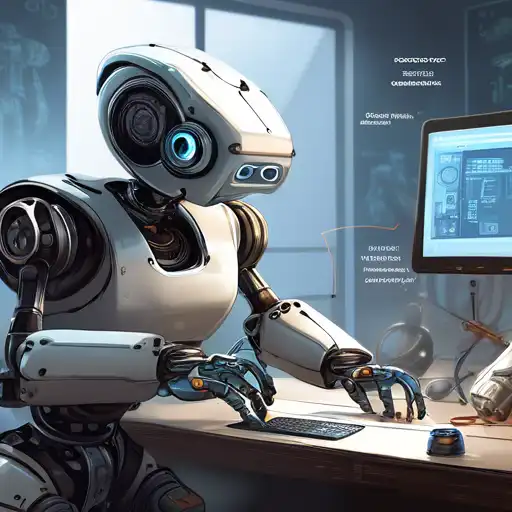Introduction to Robotics Programming
Robotics programming is an exciting field that combines the creativity of software development with the tangible results of mechanical engineering. Whether you're a hobbyist looking to build your first robot or a professional aiming to enhance your skills, this guide will provide you with the foundational knowledge needed to get started.
Understanding the Basics
Before diving into robotics programming, it's essential to grasp the basic concepts. Robotics involves designing, constructing, and operating robots. Programming these robots allows them to perform tasks autonomously or semi-autonomously. The most common programming languages used in robotics include Python, C++, and ROS (Robot Operating System).
Choosing the Right Tools
Selecting the appropriate tools and software is crucial for your robotics project. Here are some recommendations:
- Hardware: Start with a beginner-friendly kit like Arduino or Raspberry Pi.
- Software: Utilize IDEs such as Arduino IDE or PyCharm for Python development.
- Simulators: Tools like Gazebo or V-REP can help you test your robots in a virtual environment before building them.
Learning the Programming Languages
Mastering the right programming languages is key to success in robotics. Here’s a brief overview:
- Python: Known for its simplicity and readability, Python is great for beginners.
- C++: Offers more control over hardware, making it ideal for performance-critical applications.
- ROS: A flexible framework for writing robot software, widely used in research and industry.
Building Your First Robot
Now that you're familiar with the basics, it's time to build your first robot. Follow these steps:
- Define the purpose of your robot (e.g., line follower, obstacle avoider).
- Gather the necessary components (motors, sensors, microcontroller).
- Write the code to control the robot’s movements and responses.
- Test and iterate to improve performance.
Advanced Topics to Explore
Once you're comfortable with the basics, consider exploring more advanced topics such as:
- Machine learning for robotics
- Computer vision
- Autonomous navigation
These areas can significantly enhance the capabilities of your robots.
Resources for Further Learning
To deepen your knowledge, check out these resources:
- Online courses on platforms like Coursera and Udemy
- Books such as "Programming Robots with ROS"
- Community forums like ROS Discourse and Arduino Forum
By following this guide, you'll be well on your way to mastering robotics programming. Remember, the key to success is practice and continuous learning. Happy coding!
